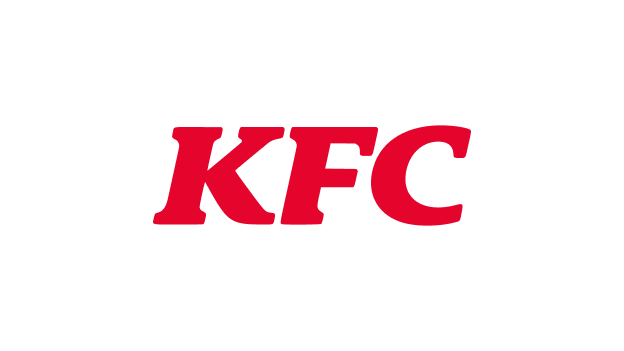
How Data Sharing and Data Integration Work Together
Organizations are adapting to the fast-paced information landscape by utilizing data integration and data sharing to optimize the value of data.
- Overview
- Data Sharing: Breaking Down Silos and Enabling Collaboration
- Data Integration Tools: The Foundation for Seamless Data Flow
- How Data Sharing and Integration Work Together
- Challenges
- Resources
Overview
Organizations are adapting to the fast-paced information landscape by utilizing data sharing and data integration to optimize the value of data. Data integration creates a single, accessible data environment, enabling businesses to break down internal silos. Data sharing then extends this accessibility to external parties, fostering collaboration and optimizing data utilization. These complementary approaches empower businesses to make informed decisions and drive innovation.
Data sharing: Connecting silos and enabling collaboration
Data sharing allows organizations to securely share data sets with internal teams and external parties without duplicating data. This process fosters collaboration and enhances decision-making by making data readily available to those who need it — both in real time and in a controlled, governed environment.
The power of data sharing
Breaking down data silos: Data sharing bridges the gap between departments or organizations, enabling cross-functional teams to access shared data sets, improving collaboration and innovation.
Real-time decision-making: By providing timely access to up-to-date information, data sharing accelerates decision-making processes and improves operational efficiency.
Monetizing data: Organizations can also share and monetize valuable data sets, creating new revenue streams while enabling external partners to derive insights and enhance their own processes.
- Enhanced data quality: Shared data often undergoes validation, cleaning and enrichment, improving its overall quality and usefulness.
Methods of data sharing
Internal data sharing: Data is shared within an organization, breaking down silos across departments and improving internal workflows.
- External data sharing: Data is shared with trusted external parties such as suppliers, customers or partners, enriching the broader ecosystem.
For both methods, data can also be shared in real time or in batches depending on the use case, enabling timely insights or long-term analysis.
Data sharing, when done securely and efficiently, forms the backbone of collaborative analytics, where multiple organizations or departments can combine insights and innovate together.
Data integration tools: The foundation for seamless data flow
While data sharing focuses on making data accessible, data integration solutions enable the relevant data to flow smoothly from various sources into a cohesive system for analysis, reporting and decision-making. These solutions automate the process of gathering, transforming and combining data from different platforms and sources.
Why data integration matters
- Eliminating data silos: By unifying disparate data sources, integration solutions allow businesses to work with a comprehensive, consistent data set.
Enhancing data quality: Integration solutions improve data quality by cleaning, transforming and helping ensure consistency across data sources.
Streamlining operations: Automated data integration reduces manual data handling, improving efficiency and reducing the potential for errors.
- Enabling real-time insights: Many integration solutions support real-time data processing, enabling businesses to act on insights immediately.
Types of data integration solutions
ETL/ELT (extract, transform, load): These traditional approaches help move data from source systems into storage systems for analysis, with ELT leveraging cloud capabilities to transform data post-load.
Data replication: Replication provides real-time synchronization of data across systems, helping ensure consistency between different databases or applications.
Data virtualization: Virtualization enables access to data without physical movement, improving data accessibility without the overhead of replication or transformation.
Streaming data integration: Streaming supports real-time data integration, ideal for applications like IoT, ecommerce or social media analytics.
- API-based integration: These solutions connect systems through APIs, allowing for continuous and seamless data flow between platforms.
Integration solutions are essential for data pipelines, where they enable the smooth transfer of data into analytics platforms, databases or shared environments, ensuring consistency, accuracy and timeliness.
How Data sharing and integration work together
While data sharing and data integration serve different purposes, they are closely related and complement each other in powering data-driven strategies. Effective integration tools help ensure that data can be aggregated, processed and structured, making it easier to share and consume across the organization or with external stakeholders.
Key synergies
Unified data flow: Data integration tools gather, clean and prepare data, making it ready for sharing with various stakeholders in a secure and standardized way.
Real-time access: Integration tools facilitate real-time data processing, while data sharing enables this fresh data to be accessed by relevant parties when needed.
Streamlined collaboration: Data sharing benefits from integration tools by receiving consistent and updated data sets, ensuring that all participants in the collaboration work with the most current and reliable information.
- Data governance: Both data sharing and integration benefit from strong governance and security measures, helping ensure that only authorized users can access sensitive data and that compliance requirements are met.
By combining data sharing with effective integration, organizations create an ecosystem where data can flow freely, securely and without redundancy. This enables faster decision-making, more accurate insights and collaborative opportunities across departments, industries and business ecosystems.
Challenges
Despite the numerous advantages, implementing data sharing and integration effectively comes with challenges:
Data security and privacy: Secure data access and sharing must be ensured — especially when handling sensitive or regulated data.
Data standardization: Unifying data formats, structures and terminologies across different systems and sources can be complex.
Real-time data processing: Maintaining the speed and performance of real-time data integration can be challenging, especially with large volumes of data.
- Compliance risks: Industry regulations such as GDPR or HIPAA must be adhered to, especially when sharing data across borders or with third parties.

